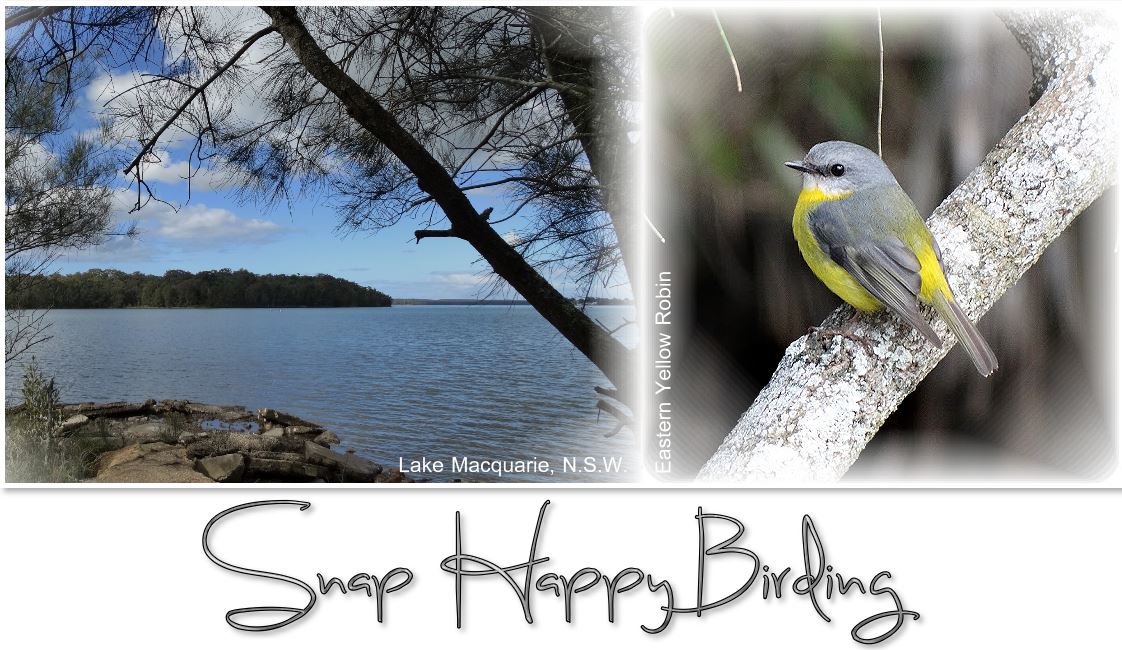...thinking that I'll make changes every now and then to my blog-header. The chosen bird will have been photographed at, or near, the accompanying location image.
Mostly they will have been taken fairly near to home, but some times, the locations will often be hours away, and inland, from where I live, on the east coast, Australia.
What was once the site for Pioneer Dairy from the 1800's, is now gazetted as Crown Land for environmental protection and public restoration, according to
Wyong Shire Council. Now administered by a Community Trust (since 2002), under the Crowns Land Act.
Black Swans, Pelicans and White Egrets were sighted in the distance.
Dedicated teams of volunteers have worked well to help create this. Large picnic shelters, walking pathways and more. I'll show you around; we may not see many birds at this moment; it's pretty hot out there, and steamy!
A lot of vegetation over this water-course; I'm sure it wasn't this thick last time I was here.
a pair of Pacific Black Ducks kept their distance
still want to keep walking?
embedded in kikuyu grass and filled with recent rains; not sure it's going anywhere
I heard a noise overhead .... a light plane
Skydive Australia in action! Taken from their
site, "once on-board, the plane climbs to around 14,000 feet. The first part of the jump is around 40 seconds of free falling and then another five or so minutes under the canopy of the parachute floating above the coastline."
Are you up for it I'm wondering??
the sign said 'Strangling Fig'
it reads: Strangler figs are tropical, vine-like trees that start as tiny seeds that have fallen on the branches or roots of an existing tree of another species. The seeds begin to grow, and the young trees encase the host in a tangle of roots and trunks, ultimately strangling it to death. All that's left is the thriving fig.
This part I found interesting, "like all other figs, strangler figs rely on a tiny wasp to survive. Worldwide, scientists have described more than 600 different kinds of fig wasps. Usually, each is linked to a specific species of fig, although some figs appear to have more than one pollinating wasp.
These tiny insects pollinate figs by crawling into a tiny hole in the base of a special flower, which ultimately becomes a round or oblong fruit. Female wasps often lay eggs inside the fruit, and the young fight their way out after hatching. They then fly off to find other flowering fig. Timing is everything, since the wasps don't live long and the trees often flower unpredictably throughout the year."



















































